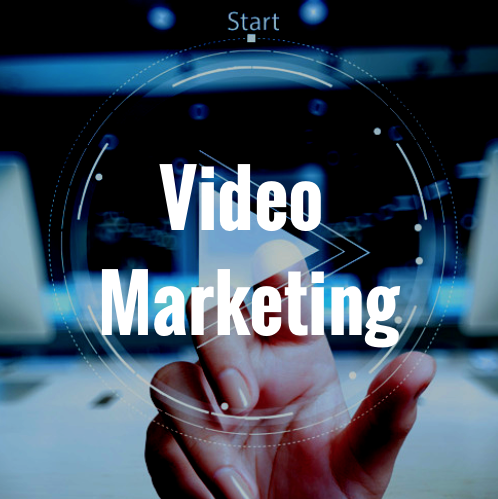A new study based on feedback from marketers, confirms that video has been found to convert better than other forms …
Video Marketing Provides Great ROI
Video Marketing Provides Great ROI There’s no question: online video marketing helps businesses increase their brand awareness, generate genuine buzz, …

